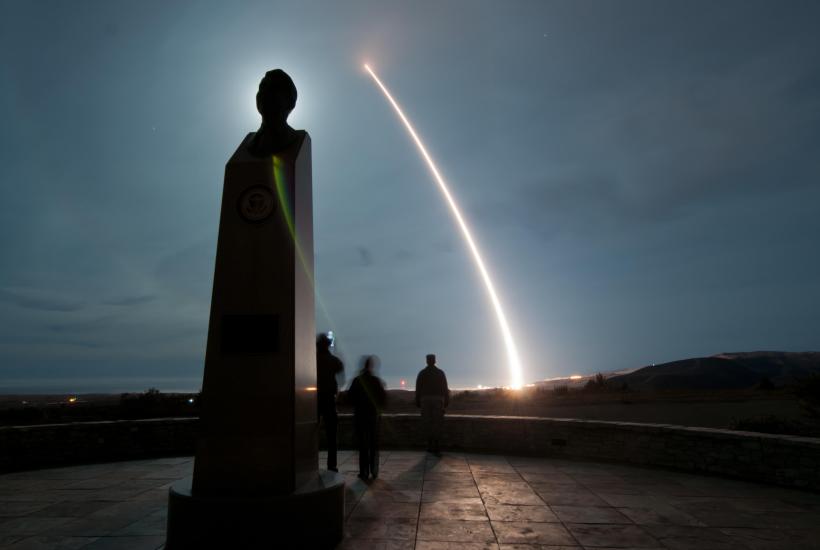In a move that highlights America’s ongoing commitment to maintaining its nuclear deterrence capabilities, the U.S. Air Force is preparing to carry out a scheduled test launch of its Minuteman III intercontinental ballistic missile (ICBM) this week.
The test, which will not involve a live warhead, is set to take place from the Vandenberg Space Force Base in California late on November 4 and continue into the early hours of November 5.
Scheduled Launch Set for the Night Sky
According to a statement from the Air Force Global Strike Command, the launch window is scheduled between 11:01 p.m. and 5:01 a.m. Pacific Time from north Vandenberg.
The mission will test an unarmed Minuteman III missile, serving as part of routine assessments meant to ensure that America’s aging land-based deterrent remains both reliable and effective.
Officials have clarified that this launch isn’t a response to any global tensions or political developments — instead, it’s a pre-planned test arranged years in advance.
The focus, they emphasize, is purely technical: to check the missile’s system performance, reliability, and operational readiness under controlled conditions.
The Legacy of the Minuteman III Missile System
The LGM-30G Minuteman III has been the cornerstone of America’s strategic missile force since it first entered service in 1970.
Decades later, it remains the only land-based ICBM in the United States’ nuclear arsenal, capable of reaching targets up to 13,000 kilometers away.
Over the years, the system has undergone several modernization programs to keep it relevant in a rapidly advancing defense landscape.
Upgrades have included new warheads, improved propulsion systems, and more precise guidance technology, ensuring that despite its age, the Minuteman III continues to serve as a formidable deterrent.
Preparing for the Next Generation: The Sentinel Challenge
However, while the Minuteman III continues to perform its role, the U.S. Air Force is already looking ahead to its eventual replacement — the LGM-35A Sentinel ICBM. The transition, though, is far from simple.
In a statement made earlier this year, Lieutenant General Andrew Gebara, the Air Force’s Deputy Chief of Staff for Strategic Deterrence and Nuclear Integration, warned that limited federal land availability could pose serious challenges for building new missile silos to house the Sentinel system.
Defense analysts agree that the Minuteman III’s longevity is both impressive and concerning.
“It’s still the backbone of America’s nuclear deterrence,” many experts say, “but transitioning to the Sentinel system brings enormous logistical and infrastructure challenges.”
What Comes Next
As the Minuteman III prepares for yet another late-night test from California’s coast, defense observers will be watching closely — not for political signals, but for technical performance.
These routine tests, while often low-profile, play a crucial role in ensuring the safety, accuracy, and reliability of a system that has stood guard for more than half a century.
In the broader picture, the launch serves as both a reminder of Cold War legacy technology and a preview of the complex modernization efforts the U.S. faces in the years ahead.
Share on Facebook «||» Share on Twitter «||» Share on Reddit «||» Share on LinkedIn
